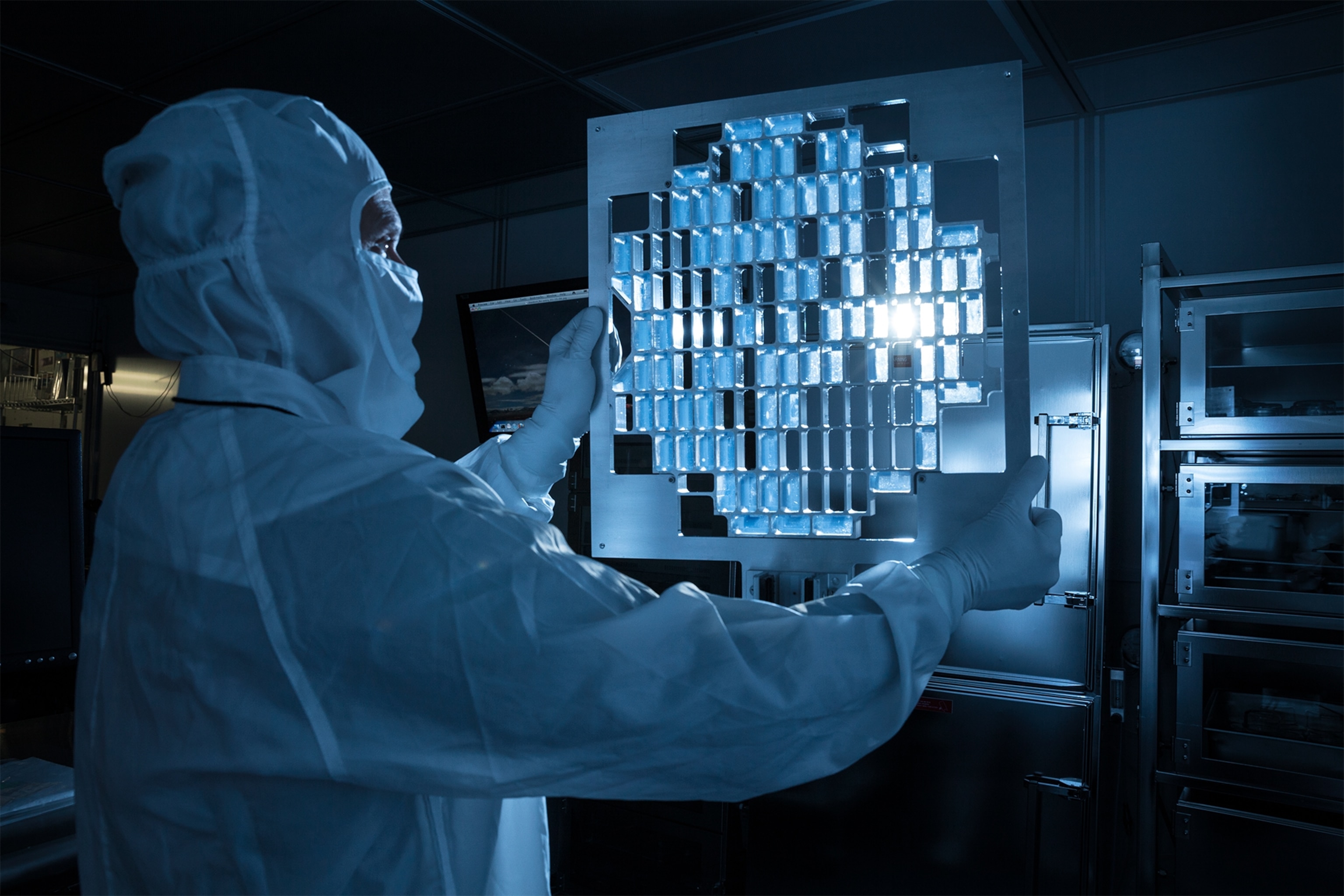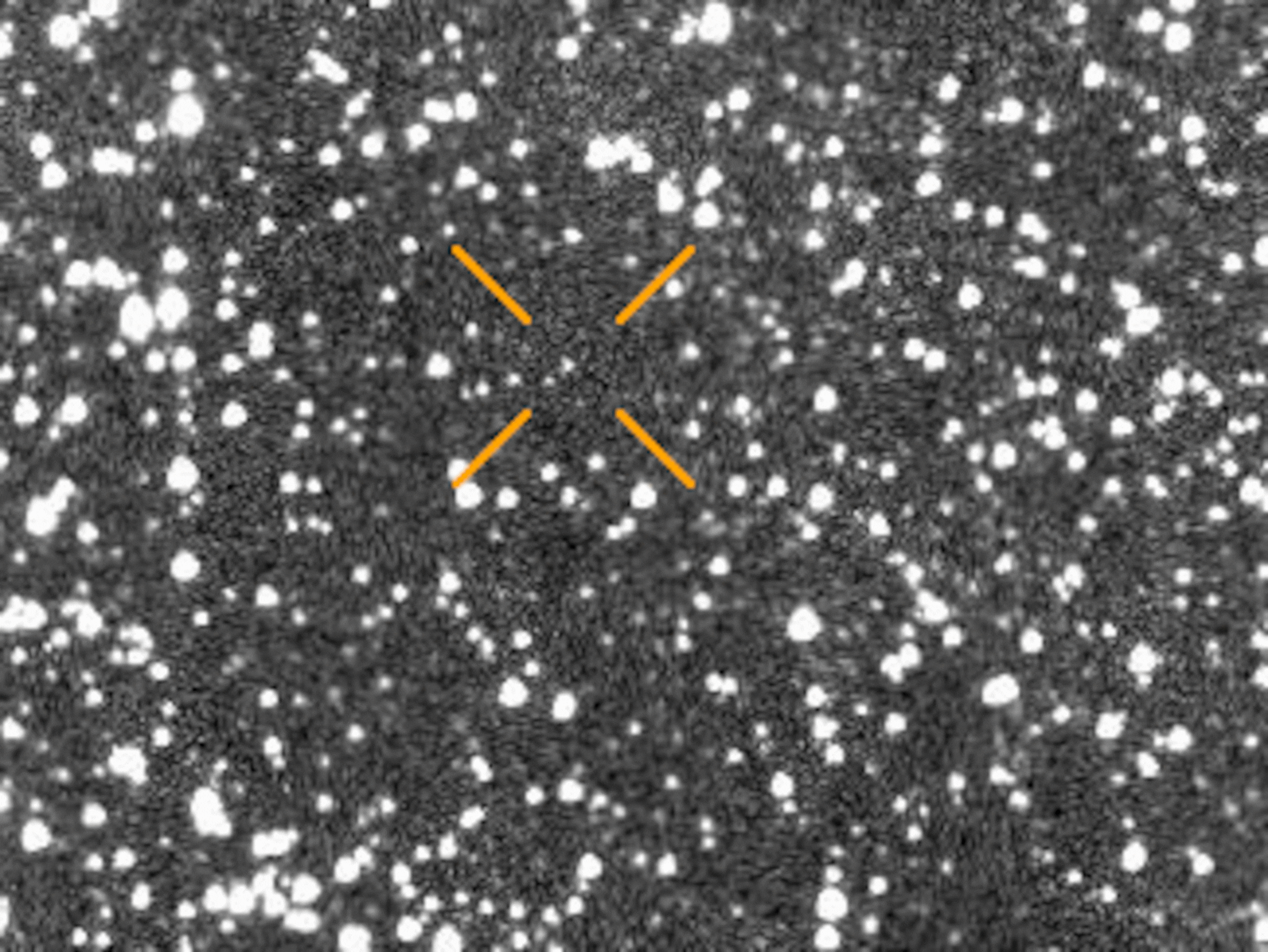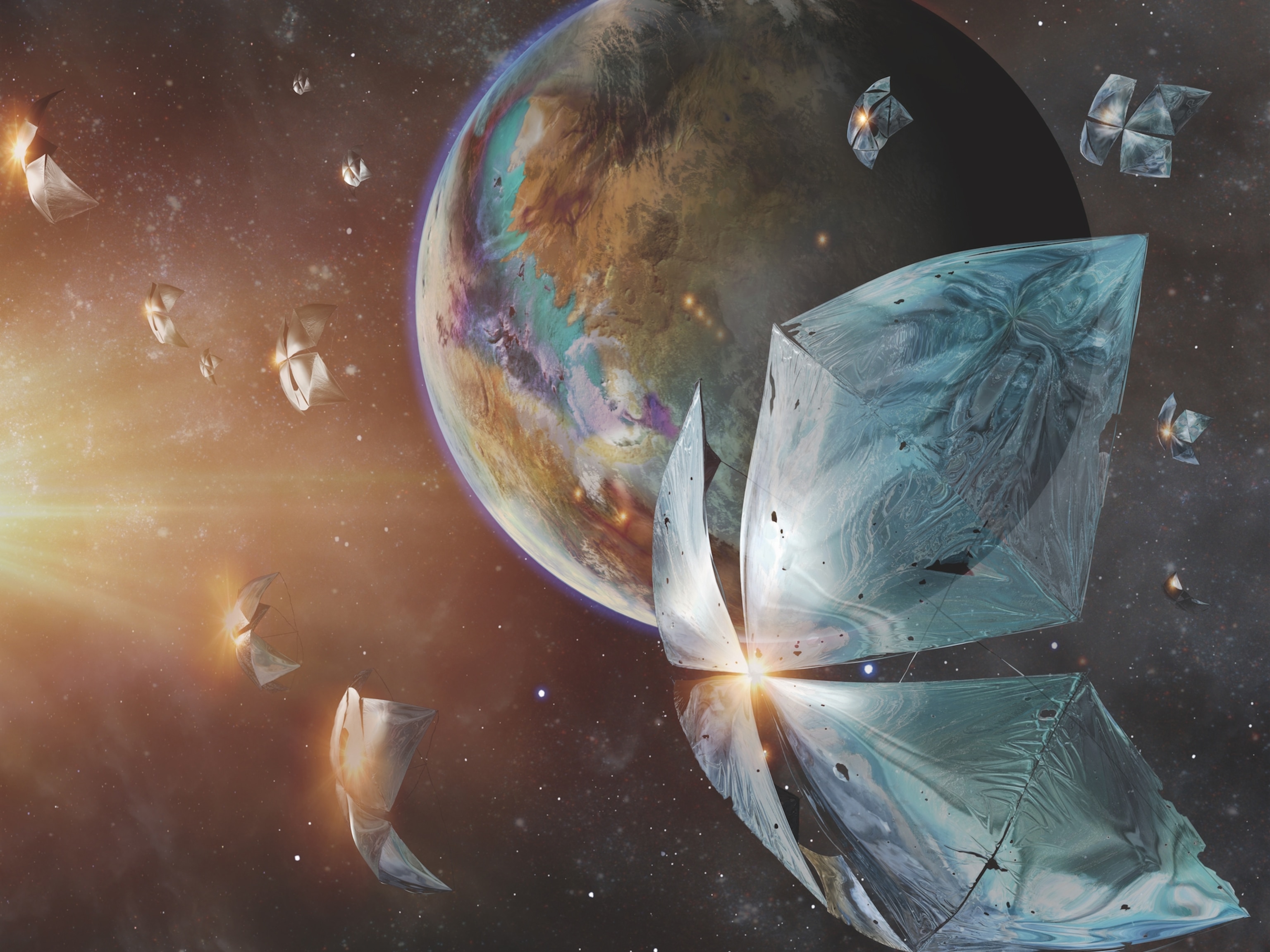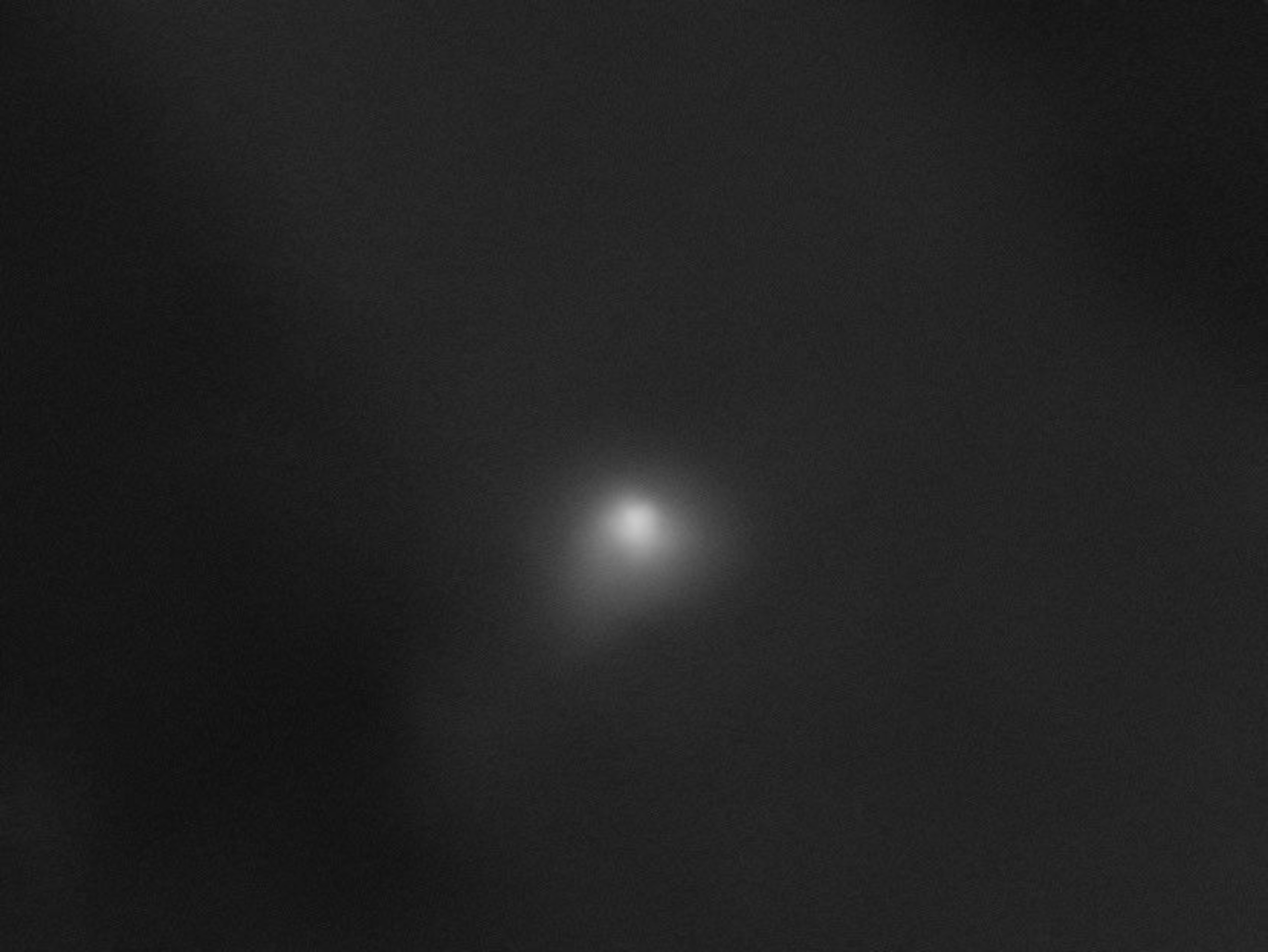
Captured Space Dust Is Probably From Beyond Our Solar System
In the dust collector of a NASA probe, citizen scientists helped find particles that probably came from interstellar space—the first that could be studied on Earth.
Seven tiny grains of dust snagged by NASA's Stardust space probe and parachuted to Earth in 2006 may well have come from beyond the solar system, astronomers report in the latest issue of Science. That would make them the first particles of interstellar dust every to be studied in a laboratory on Earth.
The Stardust probe's main mission was actually to collect comet dust—which it did successfully in early 2004, catching particles from the halo surrounding comet Wild 2. Those particles provide clues to the nature of the material our planetary system was made from 4.5 billion years ago; comets are believed to be relics from that time. (See: "It All Began in Chaos.")
But as the spacecraft was looping out toward a rendezvous between Mars and Jupiter with comet Wild 2, its handlers turned its dust collector to face the area where they expected particles would be streaming into our solar system from interstellar space.
Scientists have long observed clouds of interstellar dust with telescopes; they've even collected a few grains of it with other spacecraft and done a rudimentary analysis on board. But they've never before had any such particles in a lab on Earth, and so they can't be sure, as the authors of the Science paper write, whether the stuff between the stars is "crystalline or amorphous ... dense or fluffy"—or perhaps all of the above.
The Stardust probe offered hope of finding out. Its dust collector, shaped like a tennis racket, stuck out into space above the probe's solar panels. The head of the racket, a bit over a square foot in area, had an aluminum frame and a grid of aluminum cells filled with aerogel, a silica-based foam so light it has the density of air.
The idea was to catch dust particles gently in the foam without damaging them. One face of the racket was reserved for netting comet dust; the other was supposed to try to catch a few of the far more elusive interstellar grains.
There was only one problem with this ingenious system, says Andrew Westphal of the Space Sciences Laboratory at the University of California, Berkeley, lead author of the Science paper: "We launched Stardust without knowing how we'd get the dust out."

Citizens to the Rescue
By the end of the mission, when the dust collector had been folded up inside a hard capsule and parachuted safely into the Utah desert, Westphal and his colleagues had figured out a strategy. They would identify tracks through the aerogel that marked the path of incoming dust grains, then carefully slice out each grain, track and all.
Since interstellar dust particles are known to be much smaller than comet dust particles—just a few millionths of an inch, or less than one micrometer, across—the task of finding their tracks is especially laborious. Westphal and his colleagues scanned all of the aerogel with an automated microscope. Then, through a web portal called stardust@home, the researchers enlisted a battalion of citizen scientists to sift through hundreds of thousands of microscope movies.
The "Dusters," as they're known, found 69 candidate tracks. Westphal himself found just two. As a result, 714 of the amateur scientists are listed as co-authors on the Science paper.
In the end, 31 of the tracks were extracted from the aerogel. All but three of the particles that made them were deemed to be debris smashed loose from the Stardust probe itself. But, Westphal says, four more particles were found lodged in the aluminum foil surrounding the aerogel. And "all of the indications point to an interstellar origin."
The identification isn't ironclad, Westphal says. Yet the angles of the trails left by the seven incoming particles point back toward the interstellar dust stream. And they're tiny, as telescopic observations suggest they should be.
They're also surprisingly diverse in composition and structure. The largest grains have what Westphal calls a "fluffy, snowflake-like crystalline structure," perhaps indicating that they've undergone heating.
"We've thought hard about alternative explanations for where these grains came from," he says, but the space between the stars remains the most likely.
The key test of the particles' origin will be to measure the mix of isotopes, or chemical varieties, of oxygen within them—tests that won't be complete for another two to three years. "If the isotopic composition is different from what we see in the solar system," Westphal says, "that will confirm they came from interstellar space."
Meanwhile, Westphal and the Dusters will continue to look for more interstellar grain candidates in the aerogel. Stardust@home has transformed what could have been a lonely and extraordinarily tedious search into something more collaborative and gratifying.
"I have to admit, we're having a lot of fun," Westphal says.





